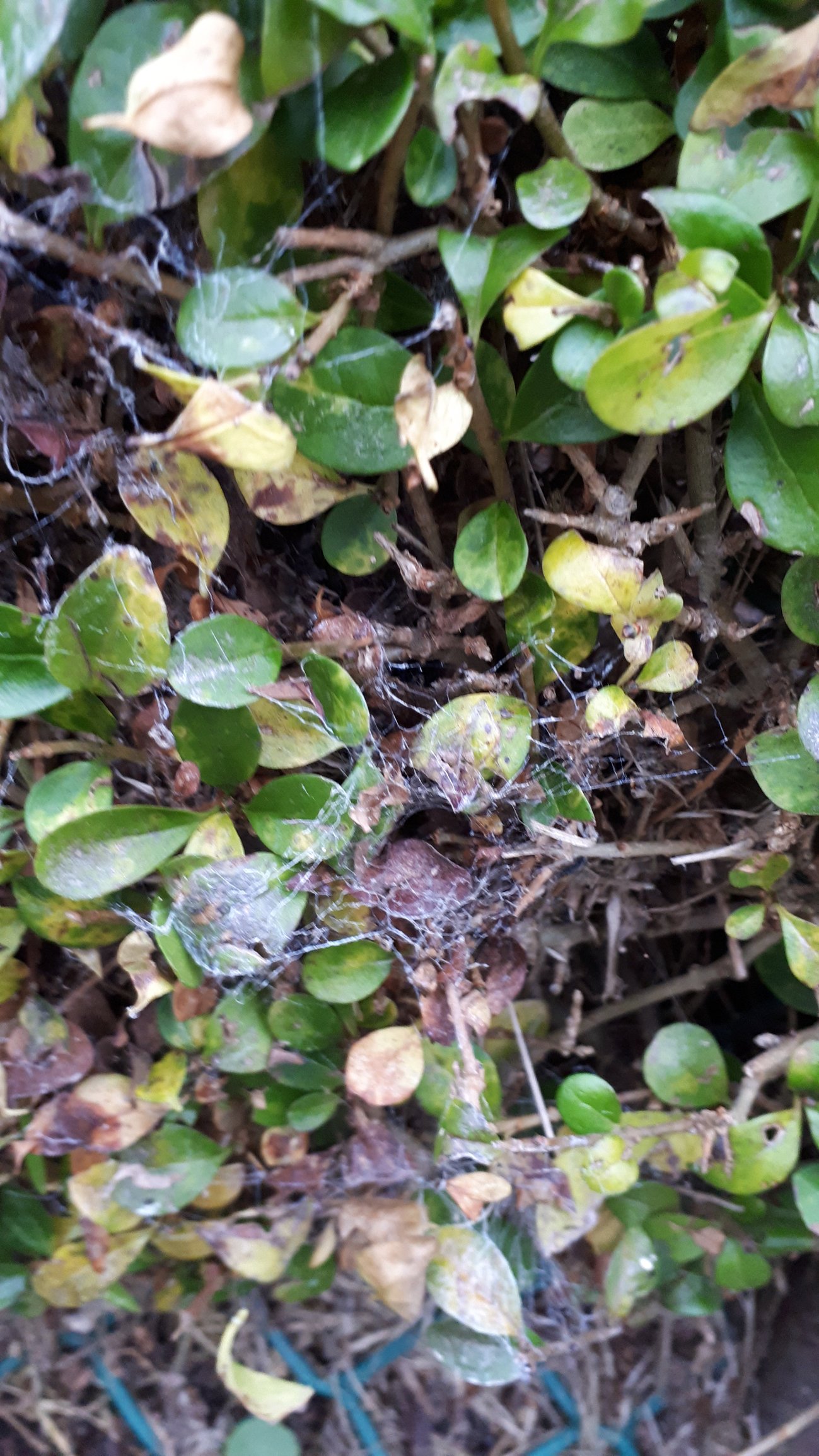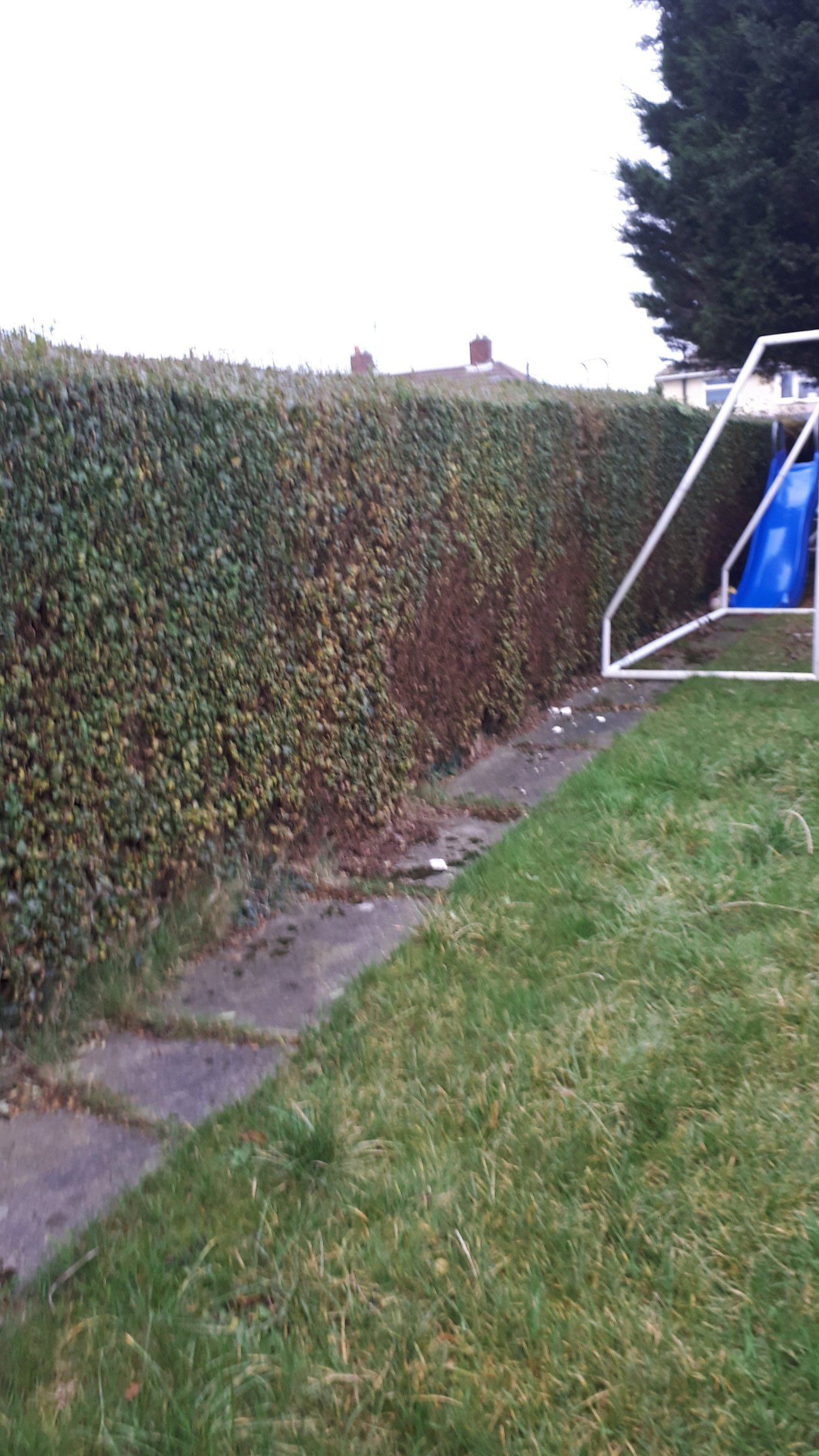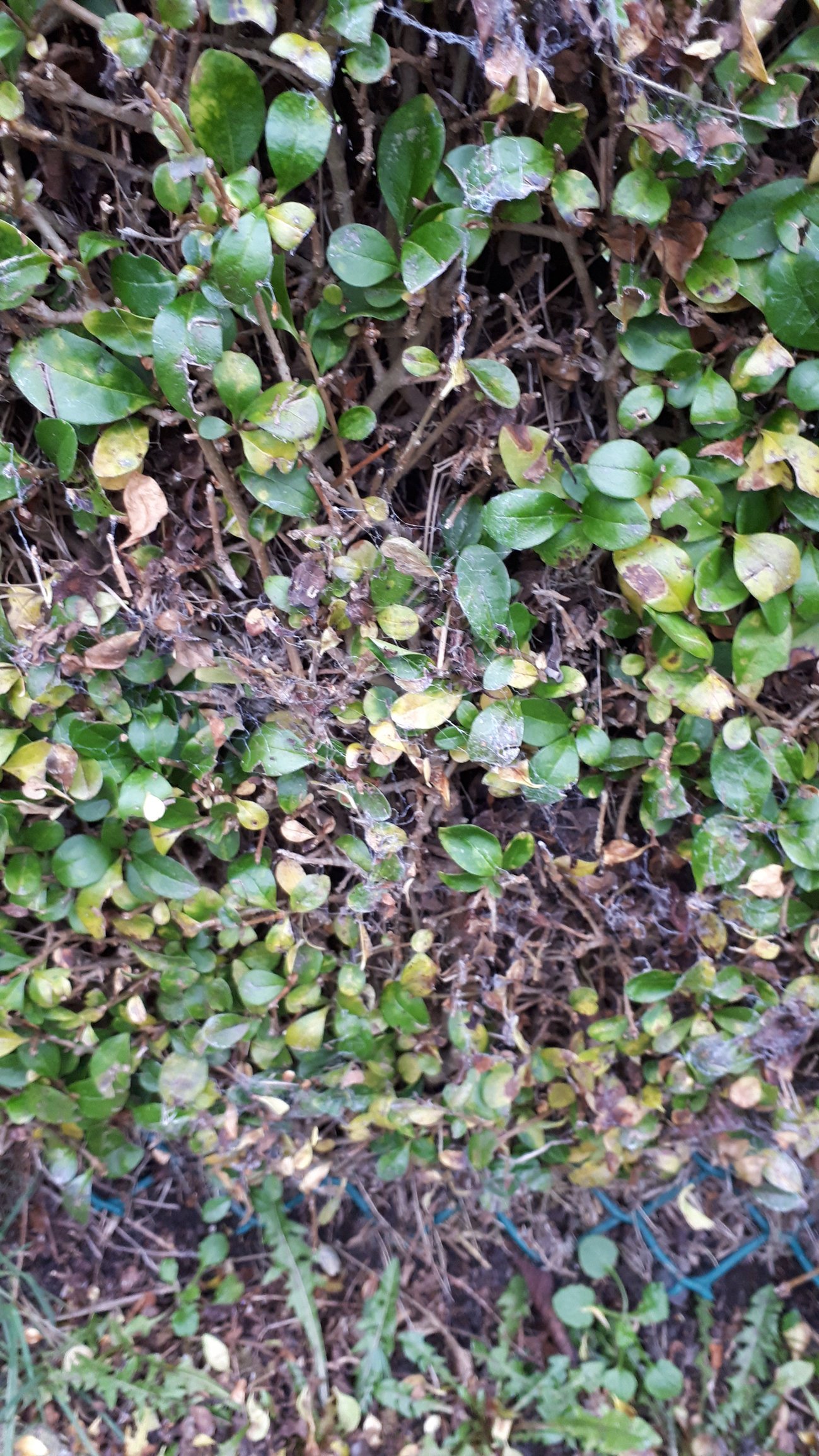This Forum will close on Wednesday 27 March, 2024. Please refer to the announcement on the Discussions page for further detail.
Privet hedge slowly dying?
Hello,
My first discussion on here and hope anyone can help! I've noticed over a period of time that there's lots of Web like residue over parts of the privet hedges and where these are the privet is bare as the leaves seem to be either eaten or destroyed. It's quite prevalent now and worried about the health of the hedge. It's been

 there for well over 50years an have like I mentioned noticed this for a while now.
there for well over 50years an have like I mentioned noticed this for a while now.
My first discussion on here and hope anyone can help! I've noticed over a period of time that there's lots of Web like residue over parts of the privet hedges and where these are the privet is bare as the leaves seem to be either eaten or destroyed. It's quite prevalent now and worried about the health of the hedge. It's been


 there for well over 50years an have like I mentioned noticed this for a while now.
there for well over 50years an have like I mentioned noticed this for a while now. 0
Posts
Was hoping something like a parasite...
google: plants resistant to honey fungus and just aim for those
https://www.rhs.org.uk/advice/pdfs/honey-fungus-host-list.pdf
I can only imagine it will only get worse if it is left. My whole perimeter is privet and is in various places all the way around.... To remove all affected hedge it will all be gone....
Fingers x'ed for you both
Billericay - Essex
Knowledge is knowing that a tomato is a fruit.
Wisdom is not putting it in a fruit salad.